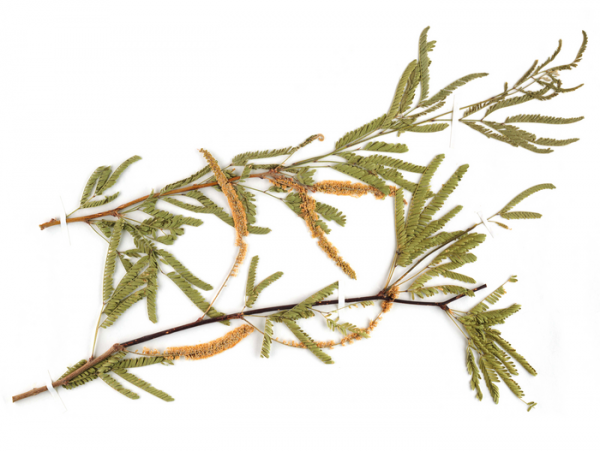After a comprehensive study of plants across the United States, researchers have arrived at the unexpected conclusion that plants able to fix atmospheric nitrogen are most diverse in arid regions of the country. This finding runs counter to the prevailing assumption that nitrogen-fixers should be comparatively most diverse in environments where nitrogen in the soil is in limited supply.
The results were particularly surprising given that nitrogen-fixers lack the traits often associated with dry soils, such as the thick water-storing stems of cacti. “At first glance, nitrogen-fixers don’t necessarily appear to be adapted for arid ecosystems,” said lead author Joshua Doby, a doctoral student in the department of biology at the University of Florida.
The reason for this unexpected pattern wasn’t immediately clear, but Doby suspects it’s related to the way nitrogen-fixers and non-fixers use the element.
Read more at: Florida Museum of Natural History
Mesquite plants, such as this specimen of Prosopis velutina, are common components of desert floras, due in part to their symbiotic relationship with bacteria that enable them to access atmospheric nitrogen. (Photo Credit: Florida Museum of Natural History)


